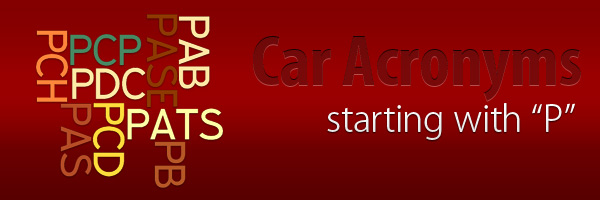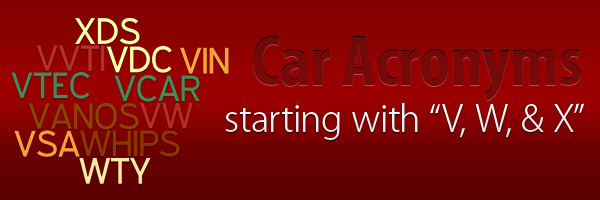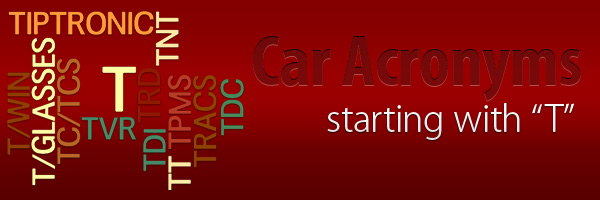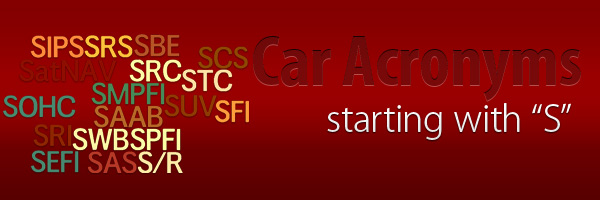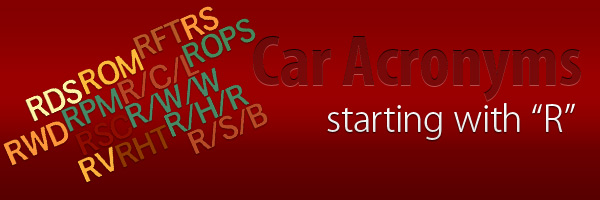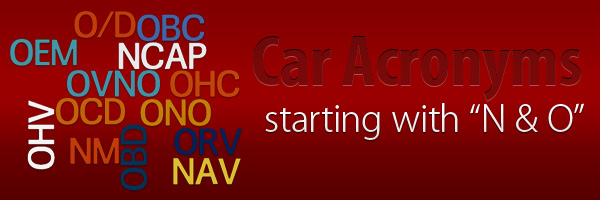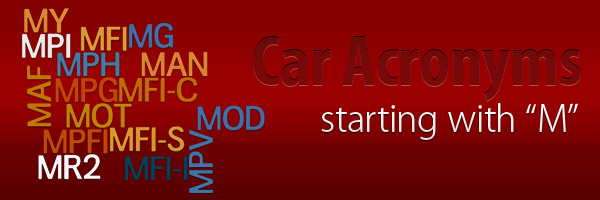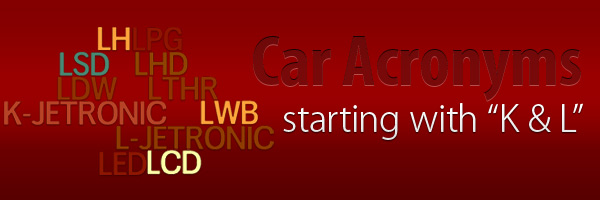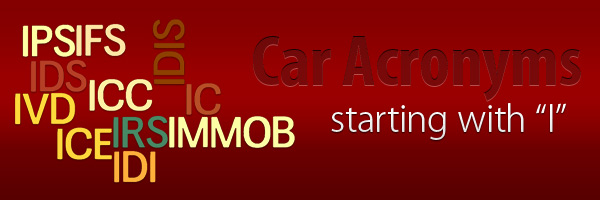PAB – Power Assisted Braking
This term refers to a brake system that provides back-up or added brake pressure in many motor vehicles. PAB functions through the use of a booster that is backed in between the master cylinder and the brake pedal. When the driver applies the brakes, the booster utilizes the pressure difference between the engine’s vacuum and the external atmosphere to add extra force to the piston in the master cylinder. Power Assisted Braking is necessary for today’s vehicles because most cars have disc brakes, so power brakes are needed or drivers would have to use excessive manual force when driving.
PAS – Power Assisted Steering
This term refers to a system in motor vehicles in which steering power is augmented by increasing the torque applied to the steering wheel. Power Assisted Steering allows the driver to exert less effort in order to steer the vehicle. PAS functions through the use of actuators that are either electric or hydraulic and these actuators employ controlled torque to the steering system, so that the driver can use less force to steer the vehicle.
PASE – Passive Start and Entry. Key-less access to car and engine start (Siemens system)
This term refers to a type of smart key that is an identification and authorization system used to access one’s motor vehicle. This is often called the Siemens system because it was devised by Siemens in the 1990s and was debuted with the title “Keyless Go” by the Mercedes-Benz car company. Passive Start and Entry allows for keyless access to an automobile and facilitates the ability to start the car’s engine without the use of a conventional car key. PASE enables the car doors to be unlocked and locked automatically and allows the ignition to be started with the press of a button, rather than having to take out a key.
PATS – Passive Anti-Theft System
This term refers to a security lock system that protects vehicles from theft by preventing the engine from being started without the use of a specific coded key. A Passive Anti-Theft System provides augmented protection from drive away theft, because the thief will be unable to start the engine without the programmed coded key. PATS functions through the use of a small transponder that has a circuit and antenna incorporated into the ignition key. Radio frequency transmissions transfer a code electronically, sending a signal to the engine control system as to whether the ignition key matches the correct code for that vehicle; then, if the key is a match, the ignition will be permitted to start.
PB – Power Brakes
This term refers to a type of braking system on a motor vehicle that amplifies the force applied to the brake pedal into a considerably larger amount of force to stop or slow a vehicle down. PB are necessary so that drivers do not have to exert excessive effort to bring a vehicle to a halt or to slow the vehicle. There are four different types of power brakes that exist: air-suspended, vacuum-suspended, hydraulic booster, and electro-hydraulic booster power brakes.
PCD – Pitch Circle Diameter
This term is defined as the proper size of wheel for an automobile or a truck and is dependent on several details about the vehicle. PCD takes into account the size of the wheel, the offset, the bolt pattern, the center bone, the x-factor, and the capacity of the load. The pitch circle diameter is equivalent to the diameter of a circular part that is to be produced and frequently consists of holes drilled into it.
PCH – Personal Contract Hire/Lease
This term refers to a type of operating lease and is often considered “off the records” because the vehicle does not show up on any balance sheet and there is no risk involved in having to estimate the costs of depreciation being estimated by the finance company to gauge what the monthly rental will be. PCH is a method funding that can be used in the finance of a vehicle. Personal Contract Hire/Lease is an optimal way to sidestep the risk that accompanies the resale of vehicles.
PCP – Personal Contract Purchase
This term refers to a type of vehicle finance for individuals where customers are required to pay installments for a specified amount of time over a time period that is outlined in the contract. Personal Contract Purchase differs form contract hire or leasing because the individual has the option of ultimately taking ownership of the vehicle for an agreed upon total price. At the end of the contract, after the final payment has been made, the customer can return the vehicle without any more liability past the contract end date.
PDC – Park Distance Control. Parking aid
This term refers to a parking aid that uses ultrasound sensors embedded into the rear number to gauge the distance to the closest large object behind the motor vehicle. With Park Distance Control, an audible sensor will alert the driver as to how close it is to large objects or cars behind the driven vehicle. As the driver reverses nearer to an object, the sensors will use a signal to warn the driver to brake or to stop backing up; this is a safety asset and sometimes includes a visual warning signal on the control display to accompany an audible signal.

